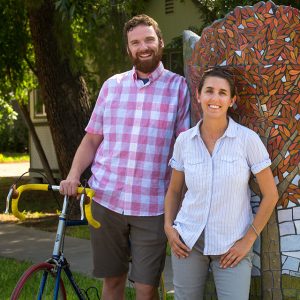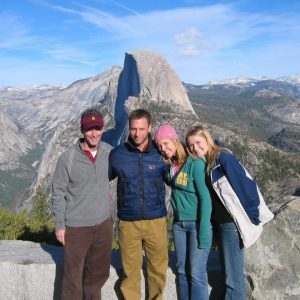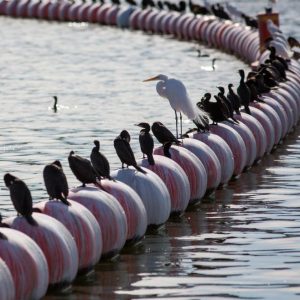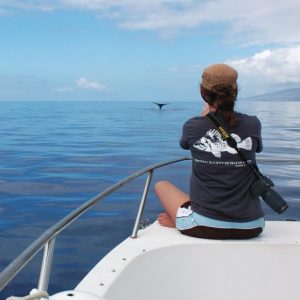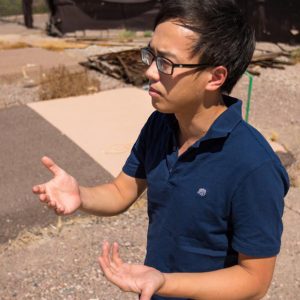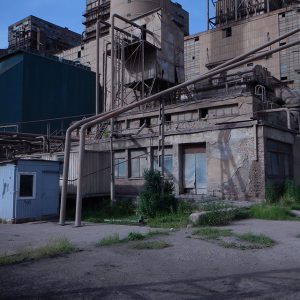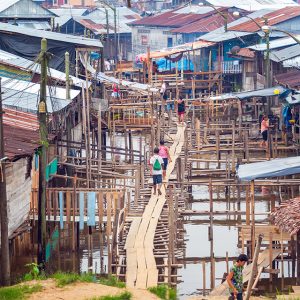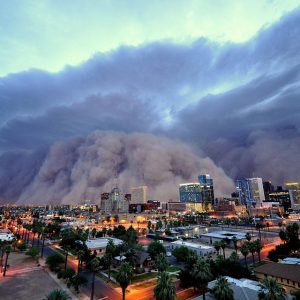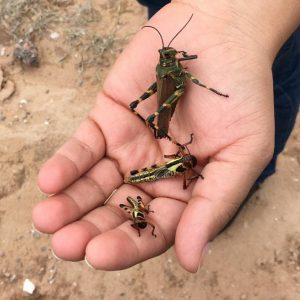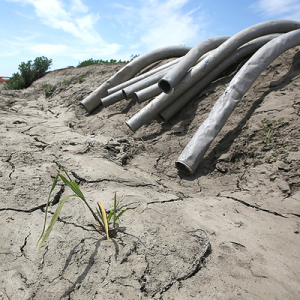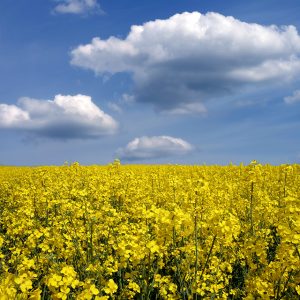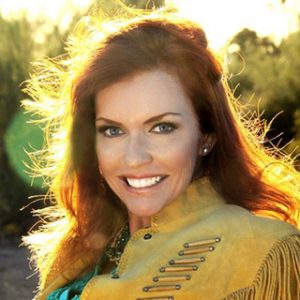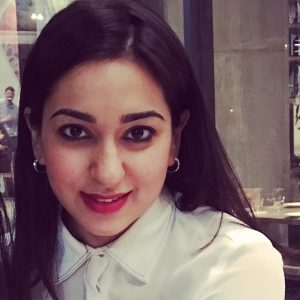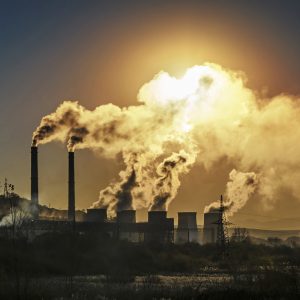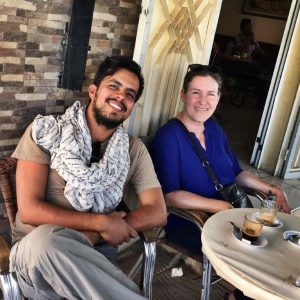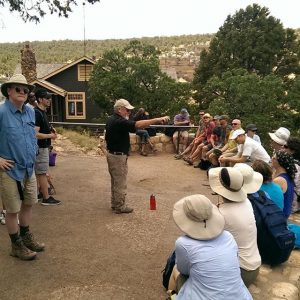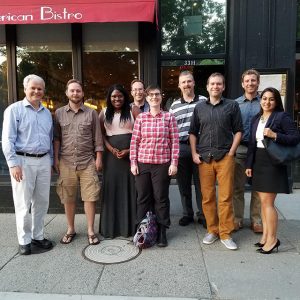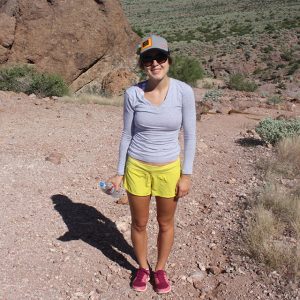Three new partnerships promise better conservation outcomes
View Source | September 2, 2016
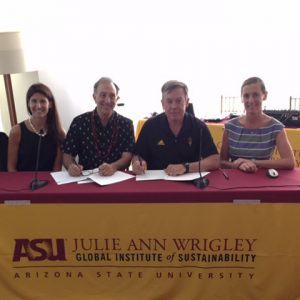 Furthering ASU's commitment to translating knowledge in action, its Center for Biodiversity Outcomes joined three powerful international partnerships over the summer of 2016.
Furthering ASU's commitment to translating knowledge in action, its Center for Biodiversity Outcomes joined three powerful international partnerships over the summer of 2016.
The center's new partners include names you might recognize: the World Business Council for Sustainable Development, the International Union for the Conservation of Nature's Red List and Conservation International.
These partnerships respectively seek to promote sustainable development through the global business community, devise strategies for species conservation and biodiversity decision-making, and expand conservation science and training to the next generation of conservation leaders – aims that will put ASU's wealth of sustainability research and expertise to good use.


